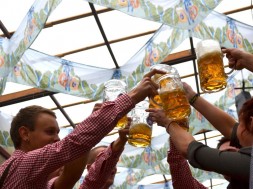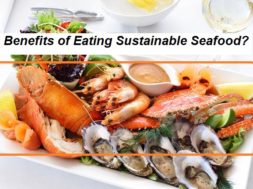There are countless Europe travel itineraries but one of the most popular ones is Oktoberfest. This two week festival runs every single year from late September until early October and is well known the world over. Six million people will frequent it, a quarter of which will be foreign tourists. Originally started in 1810 by a Bavarian prince to commemorate his marriage, it featured a horse race.
It has since morphed into its modern form of beer-drinking Germans decked out in lederhosen and traditional garb (minus the horse race, plus lots of drunken foreign tourists). For anyone considering Europe travel itineraries, this one should be on the list. It reminds tourists of the historical roots of such a modern country like Germany, which is sometimes easy to forget. The sight of traditional costumes indicates that tradition is not yet dead, even in one of the most contemporary places on earth.
Oktoberfest takes place in a giant arena called the Theresienwiese where 14 tents are erected for the event, each one being sponsored by a different brewing house and each one able to fit several thousand people at a time. Each tent has a particular reputation and tourists choose the ones to frequent based on what type of “mood” they are looking to evoke. The atmosphere is intense and crowded, with picnic tables stacked so closely to one another that people are often back-to-back with strangers from the next table.
The beer maidens descend upon the tables over laden with many enormous beer mugs, foaming from the rim. Germans like to sing in these establishments and the sounds of song and dance percolate all day until reaching climax way into the night. Since 1950, the mayor of Munich has opened the festival. Following a 12-gun salute, the mayor taps the very first keg of Oktoberfest beer with the words “O’zapft is,” which means, “It is tapped!” World-famous, tasty German beer is, of course, the main attraction. You will soon learn the German word for tasty: lecker!
Although beer happens to be the star of the show, let us not ignore the traditional German fare that you will be able to sample in copious amounts. When considering Europe travel itineraries, do not forget the gastronomical considerations. After all, it would be folly not to have food wherever beer is heavily consumed; if you did not feed the hungry, drunken masses, they would soon become agitated.
The wurst, or sausage, comes to mind first. This is perceived as the quintessentially German food and their diversity is simply stunning. Every region has its own variety and some estimates place the total number of German variations at close to a whopping 1500. As well there is grilled fish, various types of pork roast, pretzels, potato dumplings, cheese noodles and lots of cabbage.





